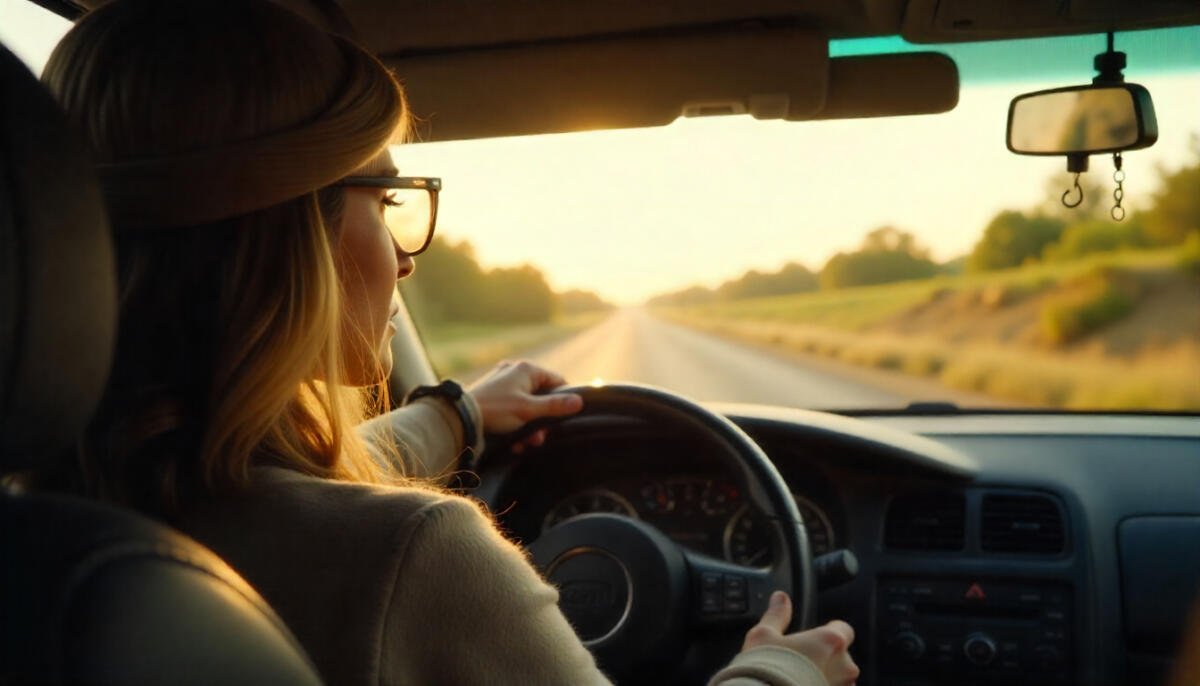If you’re planning a road trip across Texas in 2025, you’re in for a real adventure. From cruising through scenic highways to exploring charming small towns, driving gives you the best freedom to discover the Lone Star State your own way. But before you hit the road, it’s important to know how driving rules, laws, and local habits work — because Texas driving is a bit different from other states. In this guide, I’ve covered everything you need to know — from driving permits and safety laws to practical travel tips that make your road experience smooth and enjoyable.
1. Driving Legally in Texas as a Tourist
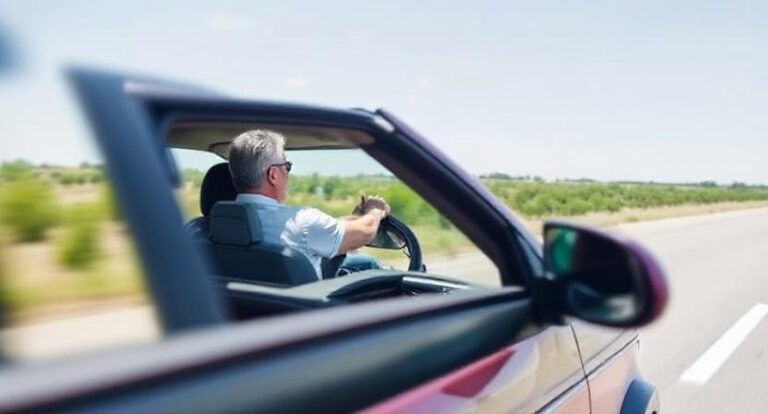
Tourists can drive legally in Texas using their valid home-country driver’s license. If your license isn’t in English, it’s strongly recommended to carry an International Driving Permit (IDP).
You don’t need to apply for a Texas driver’s license unless you become a resident. However, always carry your license, passport, and rental documents while driving.
2. Vehicle Rental and Insurance
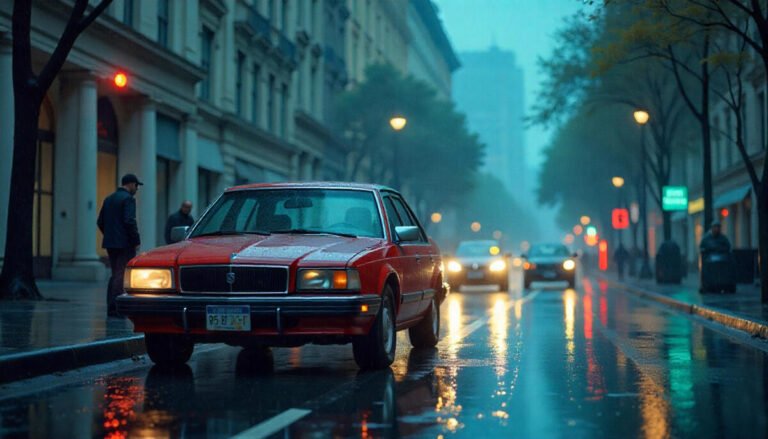
Renting a car in Texas is simple. You’ll need a valid driver’s license, a credit card, and usually you must be at least 21 years old (some companies may charge extra fees for drivers under 25). Most rental companies include basic liability insurance, but you can buy additional coverage for extra peace of mind.
Always check if your travel insurance or credit card already covers rental cars — that can save you money. Also, as of 2025, rental companies must refund any unused damage waiver fees if you return your car early.
It’s part of Texas’s updated consumer protection laws. You can compare trusted car rentals on websites like Kayak or Rentalcars.com.
3. Updated Texas Driving Laws for 2025
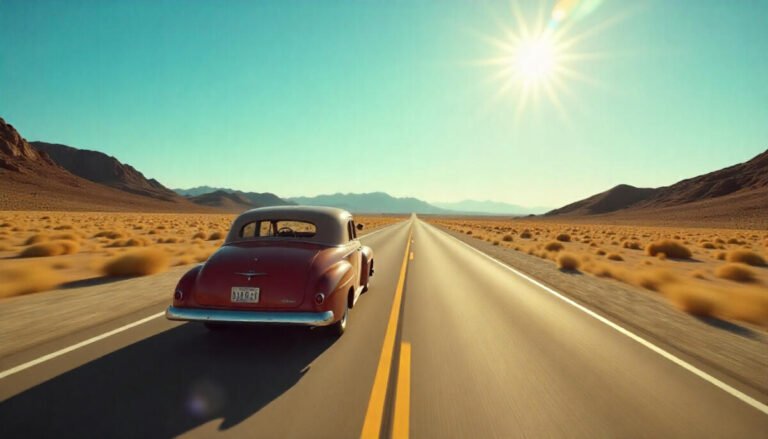
Vehicle Inspection Changes
Starting January 2025, most non-commercial vehicles in Texas no longer require annual safety inspections. This makes things easier for both locals and visitors. However, emissions testing is still required in certain urban counties like Dallas, Travis, and Harris.
New Traffic Laws (Effective September 2025)
Texas has added new driving laws to improve safety:
Stricter penalties for driving under the influence, especially in school zones.
Faster DWI evidence procedures, allowing police to process blood tests across county lines.
School bus safety upgrades, requiring all new school buses to have seat belts by 2029.
Refund rules for unused rental car protection fees.
- More details are available at Texas Department of Transportation (TxDOT).
4. Important Traffic Rules Tourists Must Know
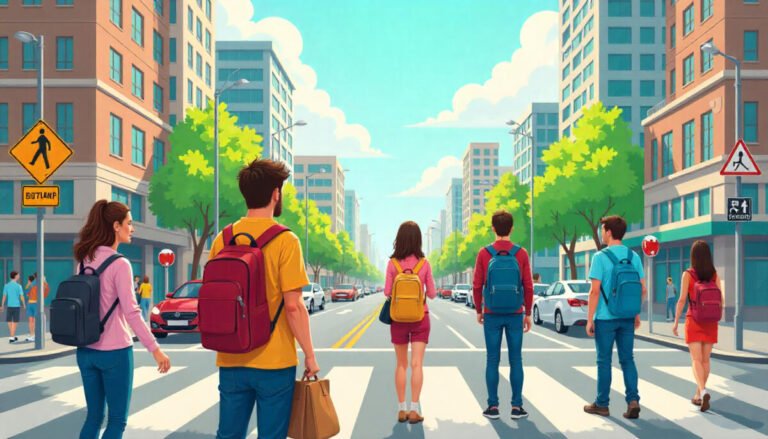
Driving in Texas feels easy once you know the basics. Here are some of the most important rules to remember:
Speed Limits:
Highways: 70–85 mph (some rural toll roads reach 85 mph — one of the highest in the U.S.)
Urban roads: 30–45 mph
School zones: 20 mph or less when lights are flashing
- Always follow posted speed limits. Exceeding the limit can result in high fines or even license suspension.
Traffic Lights & Turns:
Right on red: Allowed after a complete stop unless signs say otherwise.
Left on red: Allowed only from a one-way street onto another one-way street.
U-turns: Legal unless a “No U-Turn” sign is posted.
School Bus Law:
When a school bus stops with red lights flashing, all vehicles in both directions must stop. Do not move until the bus lights are off or the driver waves you on.
Phone Use
Using a handheld phone while driving is banned statewide. Hands-free devices are allowed, but texting while driving is strictly prohibited.
Seat Belts & Child Safety
Seat belts are mandatory for all passengers, no matter where they sit. Children under 8 years old (unless taller than 4 ft 9 in) must use a child safety seat or booster.
Move-Over Law
If an emergency vehicle, tow truck, or police car is stopped with flashing lights, you must move over one lane or slow down 20 mph below the posted limit.
5. Practical Driving Tips for Tourists
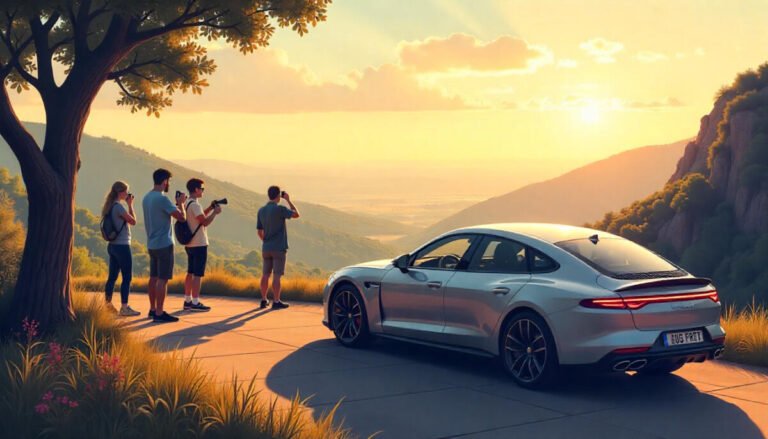
Driving in Texas can feel intimidating at first, but locals are generally polite and patient. Here are some real-life tips that will help you feel confident:
Plan Routes in Advance:
Texas is huge — larger than France! Some towns are several hours apart, and gas stations can be rare on long stretches. Always plan your route in Google Maps or Waze before starting your trip.
Don’t Wait Too Long to Refuel:
Fill up when your tank is half full, especially on highways or rural areas. You never know when the next gas station will appear.
Watch the Weather:
Texas weather changes fast. A sunny day can turn into heavy rain or hail in minutes. Check weather updates on weather.gov. If it rains, slow down — Texas roads can become slick quickly.
Avoid Nighttime Rural Driving:
Country roads are often dark with limited lighting. Wildlife like deer may cross suddenly. Try to drive long distances during daylight hours.
Parking Rules:
In cities like Austin, Dallas, and Houston, parking signs can be tricky. Never park near fire hydrants (within 15 feet) or block driveways. Always check for “permit required” signs in residential areas.
Beat the Heat:
During summer, temperatures can exceed 100°F (38°C). Never leave kids, pets, or valuables in the car. Also, carry plenty of water when traveling long distances.
6. Common Mistakes Tourists Make (and How to Avoid Them)
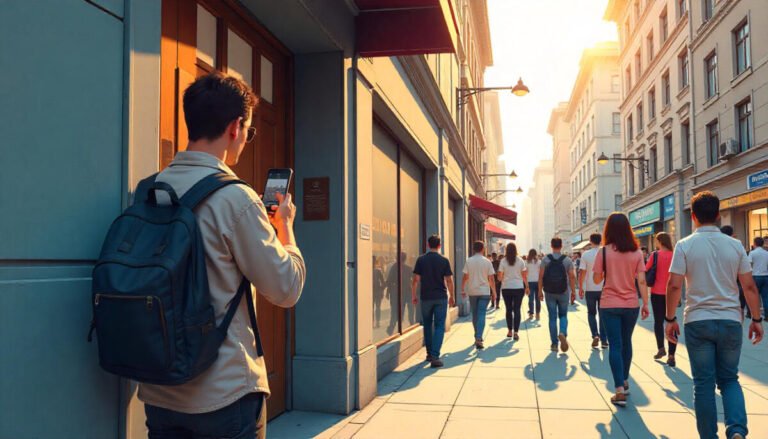
Not checking speed limits — Texas roads vary widely; 55 mph one minute, 85 mph the next.
Ignoring tolls — Many highways use electronic tolling (EZ TAG, TxTag). If you rent a car, ask the company how tolls are handled.
Driving too close — Keep a safe distance; local drivers expect more space on highways.
Forgetting to yield to pedestrians — Pedestrian crosswalk rules are strictly enforced in cities.
Following GPS blindly — Sometimes GPS apps send you onto private ranch roads — double-check before entering.
7. Emergency Contacts & Useful Links
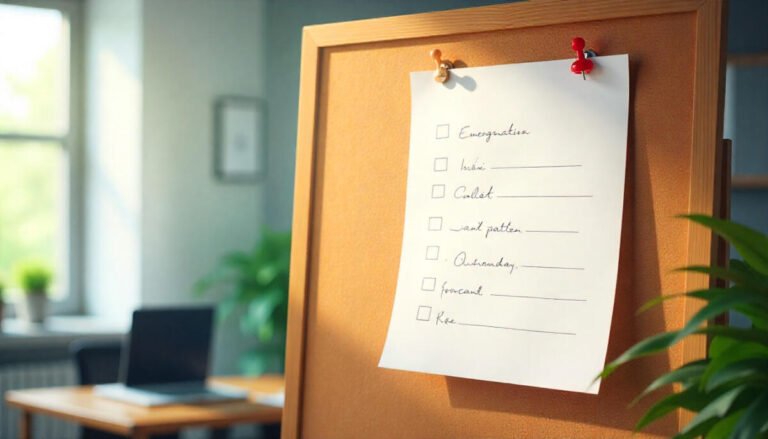
If you face trouble while driving, keep these numbers handy:
Emergency: 911
Roadside Assistance: Call your rental car provider or AAA (1-800-222-4357)
Texas Department of Transportation (TxDOT): www.txdot.gov
8. Recommended Road Trips for Tourists

If you’re ready to explore, here are some popular routes to enjoy:
Dallas → Austin → San Antonio (Urban culture & BBQ route)
Houston → Galveston (Beach getaway, 1 hr 30 min)
Austin → Big Bend National Park (Nature escape, ~7–8 hrs)
San Antonio → Hill Country → Fredericksburg (Wineries & small town charm)
- These routes show the real spirit of Texas — open roads, blue skies, and friendly people along the way.
Final Thoughts
Driving in Texas as a tourist is one of the best ways to experience the state’s incredible size, beauty, and culture. With good planning and a bit of awareness of local laws, you’ll find the highways surprisingly easy to navigate.
So, whether you’re chasing sunsets in Big Bend or exploring Austin’s live-music streets, drive safely, stay alert, and enjoy the freedom Texas roads offer.
Frequently Asked Questions (FAQ)
1. Can tourists drive in Texas with a foreign license?
Yes, as long as your license is valid. If it’s not in English, carry an International Driving Permit (IDP).
2. Are Texas roads safe for tourists?
Generally yes, but drive carefully — especially in rural areas or during bad weather.
3. What’s the speed limit on Texas highways?
Between 70 and 85 mph, depending on the location. Always follow posted signs.
4. Do I need car insurance in Texas?
Yes. Either through your rental company or your own international policy.
5. Is parking free in most places?
Not always. Major cities often require paid parking meters or apps.

